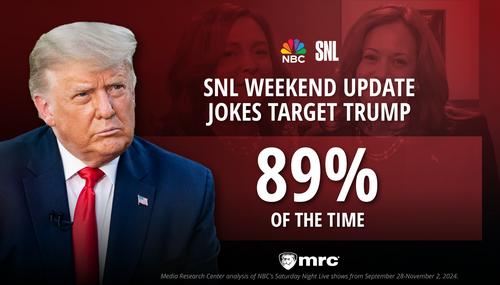Well, that was fast. When your humble correspondent first read the New York Times/Kaiser Family Foundation poll this morning showing incumbent Mark Pryor suddenly surging into a ten point lead over challenger Tom Cotton in the Arkansas Senate race, my suspicious antenna immediately sensed something was wrong with the way the poll was conducted. However, I figured the Times wouldn't be so unsubtle as to make it easy to detect how erroneous the results were.
I was wrong. Bill Kristol at the Weekly Standard quickly and easily found out just how ridiculously wrong the poll was and proclaimed, Why the New York Times Poll Is Bogus. First let us read the Times triumphantly proclaiming the big Pryor lead:
Senator Mark Pryor of Arkansas, a two-term incumbent who has been considered perhaps the most imperiled Democratic senator in the country, holds a 10-point lead over his Republican opponent, Representative Tom Cotton. Mr. Pryor, the son of a former senator, has an approval rating of 47 percent, with 38 percent of Arkansas voters disapproving of him.
And as celebratory champagne corks were being popped by liberals across the land, Bill Kristol delivered this analysis of the poll that spoiled the party mood:
So what's up with the New York Times/Kaiser Family Foundation poll released today showing Pryor up by 10 points? What's up is revealed if one burrows into the complete poll results. Look at question 12, here:
In other words, the Times and Kaiser have produced a sample in Arkansas that reports they voted in 2012 for Romney over Obama--by one point. But Romney carried Arkansas in 2012 by 24 points. Similarly, the Kentucky sample is +3 Romney when reality was +23. The Louisiana sample is +3 Obama in a state Obama lost by 17, and the North Carolina sample is +7 Obama in a state he lost by 3.
The whole point of question 12 is to provide a reality test for the sample. That's why they ask that question--we know what happened in 2012, so the only thing to be learned by asking the 2012 question of the sample is to ensure that it's a reasonably accurate snapshot of voters in the state. Of course there'll always be some variance between reality and the sample's report of its vote a year and a half ago--but not a 23 point variance.
A reputable news organization would have looked at question 12 and thrown the poll out. But then again, it was the New York Times.
You can see the poll question cited by Kristol at this New York Times poll results page. Just scroll to page 8 to see the laughable results that should have caused the Times to toss the entire poll.





